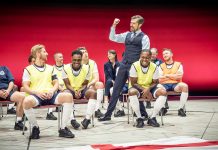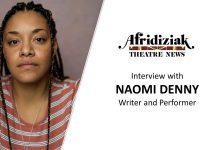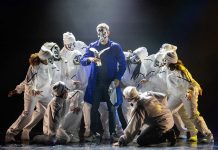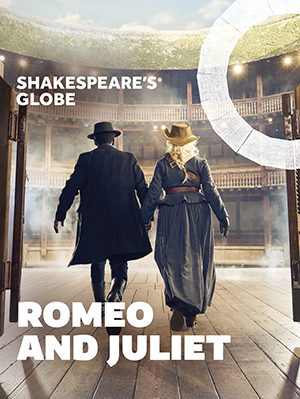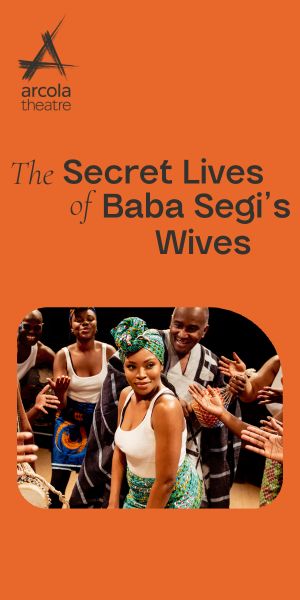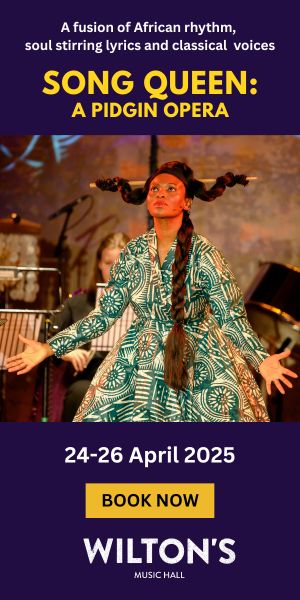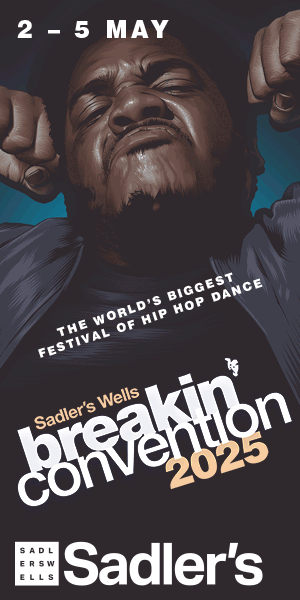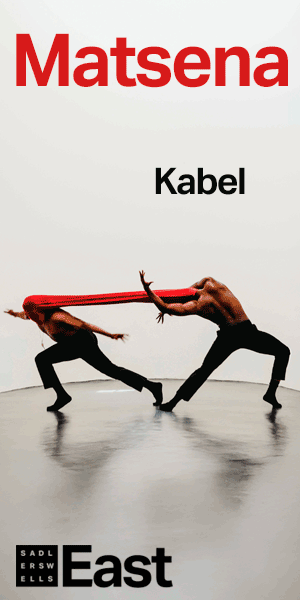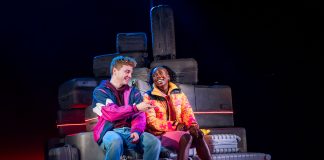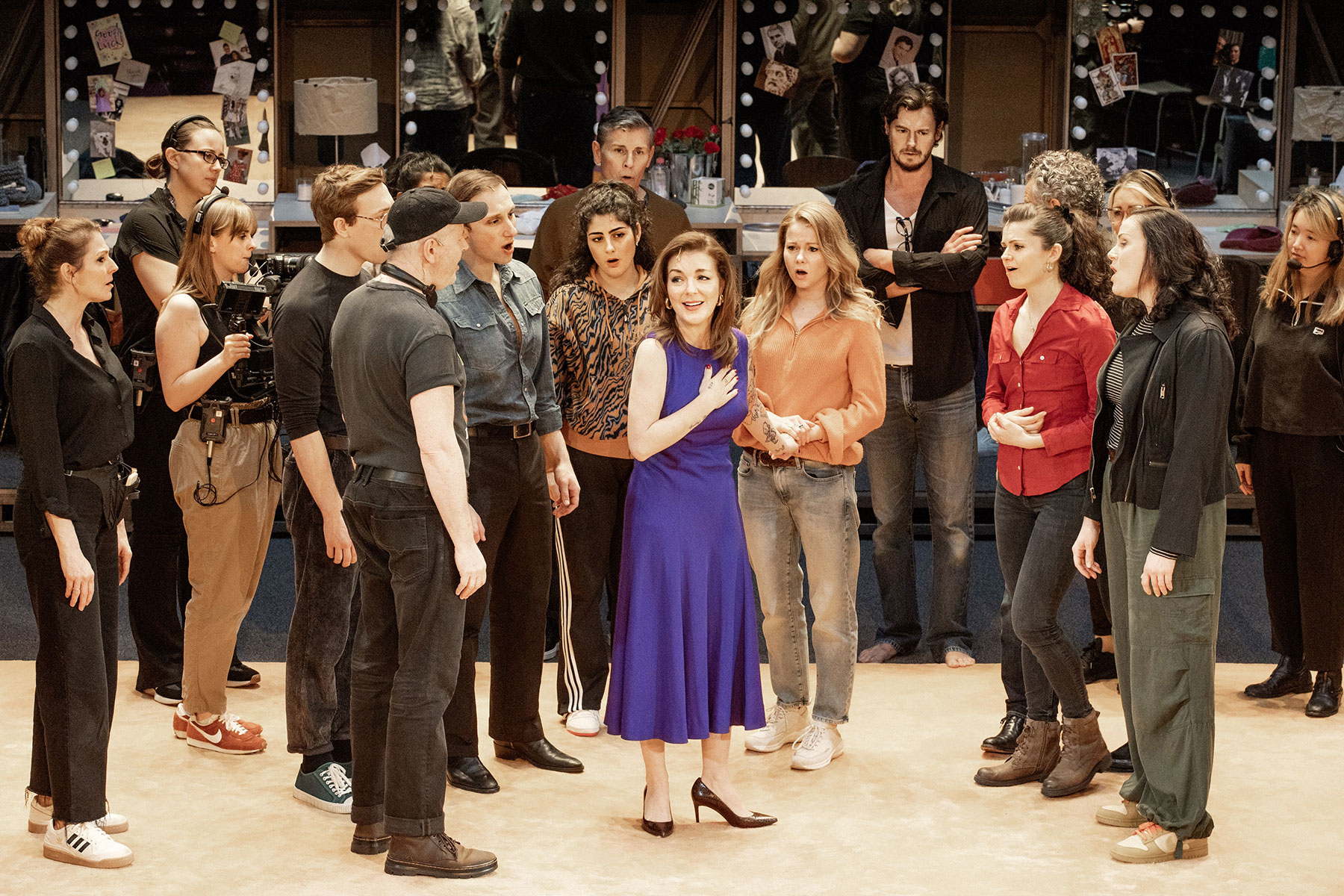
In 1977 legendary actor, writer, director and agent provocateur John Cassavetes conceptualised, wrote and directed a feature-film that dealt with the bourgeois preoccupations of an entitled sub-set of Hollywood royalty. It featured an acclaimed central performance by Gina Rowlands, and was released as Opening Night
This production – now turned into a musical about an upcoming stage-play by writer ‘Sarah Goode’ (Nicola Hughes), and starring leading actress ‘Myrtle Gordon’ – deals with much of the same issues.
Specifically, ‘Gordon’ (Sheridan Smith) struggles to connect with the vision and sensibilities of Goode’s new play; a situation heightened by her fears of ageing, being typecast, and becoming emotionally and societally obsolete (due to an impending split with her co-star husband).
The situation comes to a head, as the play’s opening night approaches and ‘Gordon’ unravels through a series of alcohol-induced mental breakdowns. To
To help guide us through this stage drama, a documentary film crew – ostensibly tasked with capturing the show’s road towards a ‘triumphant opening’ – instead records, and presents for the audience, its gradual decay.
The intense story-line – as with many staled productions – presents many built-in challenges.
How best to dramatically stage the emotional, mental and spiritual disintegration of an individual (or several) within a stage-play?
How best to present the complex patriarchal/ hierarchical warfare between a female star and her director, producer, agent and co-star/ husband (all males) within a sing-along musical?
How to entertainingly relay the adversarial relationship between a production’s female star and its female writer when inner dialogue, secret thoughts and forbidden passions – as opposed to explicit words, deeds and action – are the audience’s guiding lights?
Especially when the most fundamental directives for creating a stage-show is ‘show – don’t tell’.
First – the positives. Jan Versweyveld’s opulent set and lighting – often reminiscent of a theatre’s backstage area – is painstakingly recreated; as is the (mainly) non-verbal ‘business’ of the singer/ performers who make up the play’s (non-principle) cast.
The live music – essayed by a five-piece band and four-piece horn section – is rich, powerful and effective in delivering the emotional heft composer Rufus Wainwright no doubt planned for.
The sound and costume are also equally well done.
The performances – especially by Sheridan Smith (‘Myrtle’) and Nicola Hughes (‘Sarah’) – are strong, nuanced and committed; the acting/ singing performances of the two leading ladies – when witnessed and experienced for their technique and raw emotive qualities – are well delivered.
Next – ‘the other side’. In much the same way as the female protagonists in the ‘play-within-a musical’ butt heads, I believe the level of difficulty in presenting this production was raised – ironically enough – by allowing the two main creatives – in the guises of prolific composer/ lyricist Rufus Wainwright and writer/ director Ivo Van Hove – to create together.
Van Hove has a reputation for deconstructing – and reconstructing – theatre shows; utilising, mixing and juxtaposing different art-forms to subvert the audience’s expectations.
One such production (that I was lucky enough to witness) was his staged version of the film classic ‘Network’ at National Theatre, starring Brian Cranston. Using video-screens, ingenious sleight-of-hand staging and real-life members of the audience as 4th wall-breaking ‘on-stage extras’, it was a joyous, roller-coaster ride.
I believe that – without the added difficulty of having to accommodate the characters’ inner dialogues (through songs and lyrics) – Van Hove’s penchant for dramatic deconstructionism worked better on that production.
Similarly, Rufus Wainwright is a talented – sometimes enigmatic – composer, arranger and lyricist.
Indeed, having previously sampled (and enjoyed) several of his solo albums, I can certainly attest to his musical and lyrical output being simultaneously ‘flowery’ and verbose, as well as shockingly direct and ‘on-the-nose’; as ‘circular’ as it can be linear (often in the same song).
However, while his lyrical and melodic work owes much to Sondheim – and many of his harmonic arrangements are effective and/ or affecting – I often wish that his symphonic sound and fury might, at some point, lead to a hummable melody.
While this is an oversimplification, it’s fair to say there is an element that these two iconoclasts ‘creative cancelled’ each other out, somewhat.
The constant use of projected close-ups – especially during ensemble or duetted performances – often distract from what’s happening onstage; rendering neither point-of-view completely satisfying.
This is true, even when the characters are left to their own personal (sung) musings.
It was as if neither the audience nor the main characters were allowed any chance to ‘breathe’, relax, or ‘grow’ into the next stage.
In my experience, this is what a good musical should allow for. If there’s any reason for a song to be sung in the middle of a dramatic scene, it’s for the character to collect themselves, and the audience to ‘hum along’. Alas – for all the beautiful orchestration, intense imagery and fourth wall breaking conceits – there seemed very little ‘let up’ from the near-constant sonic naval-gazing and/ or intrusive close-ups.
I’m sure that director Van Hove – as with John Cassavettes before him – has accounted for all these points, and more. Indeed, in their crusade to deconstruct independent film and staged theatre respectively, I’m sure they are/were probably as happy with a ‘negative’ review as with a ‘positive’ one.
As they say in the production’s ‘play-within- play’: “Half the audience loved it – half the audience hated it”.
Or else: ‘Call me what you like – just call me’.
How that translates to ‘bums on seats’ in the long term – or even new converts to Theatre La-la Land – I’m not sure.
I found the production to be an interesting – and technically proficient – theatrical exercise.
Need to know: Opening Night plays at the Gielgud Theatre until 27 July 2024.







